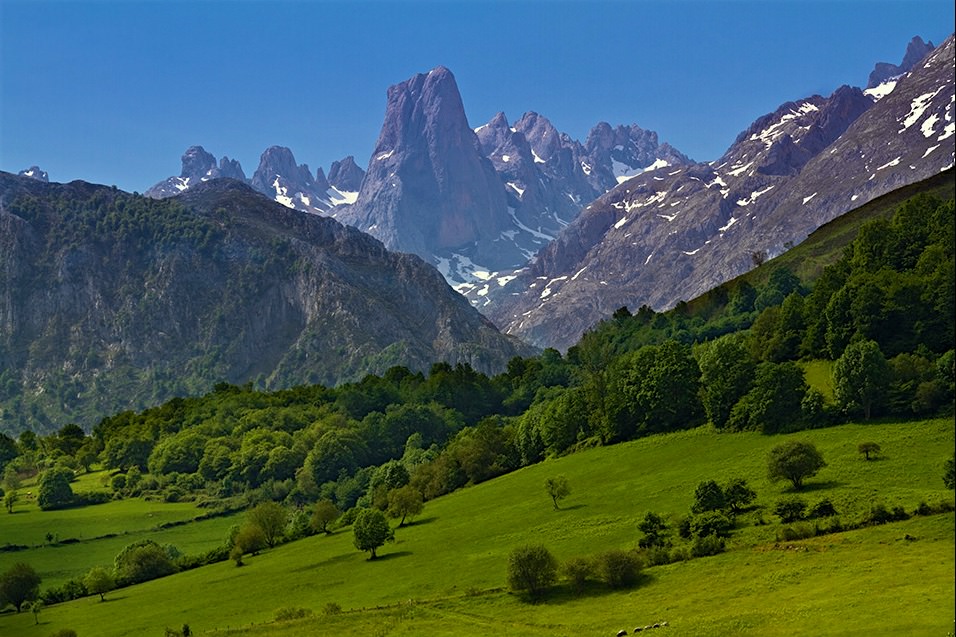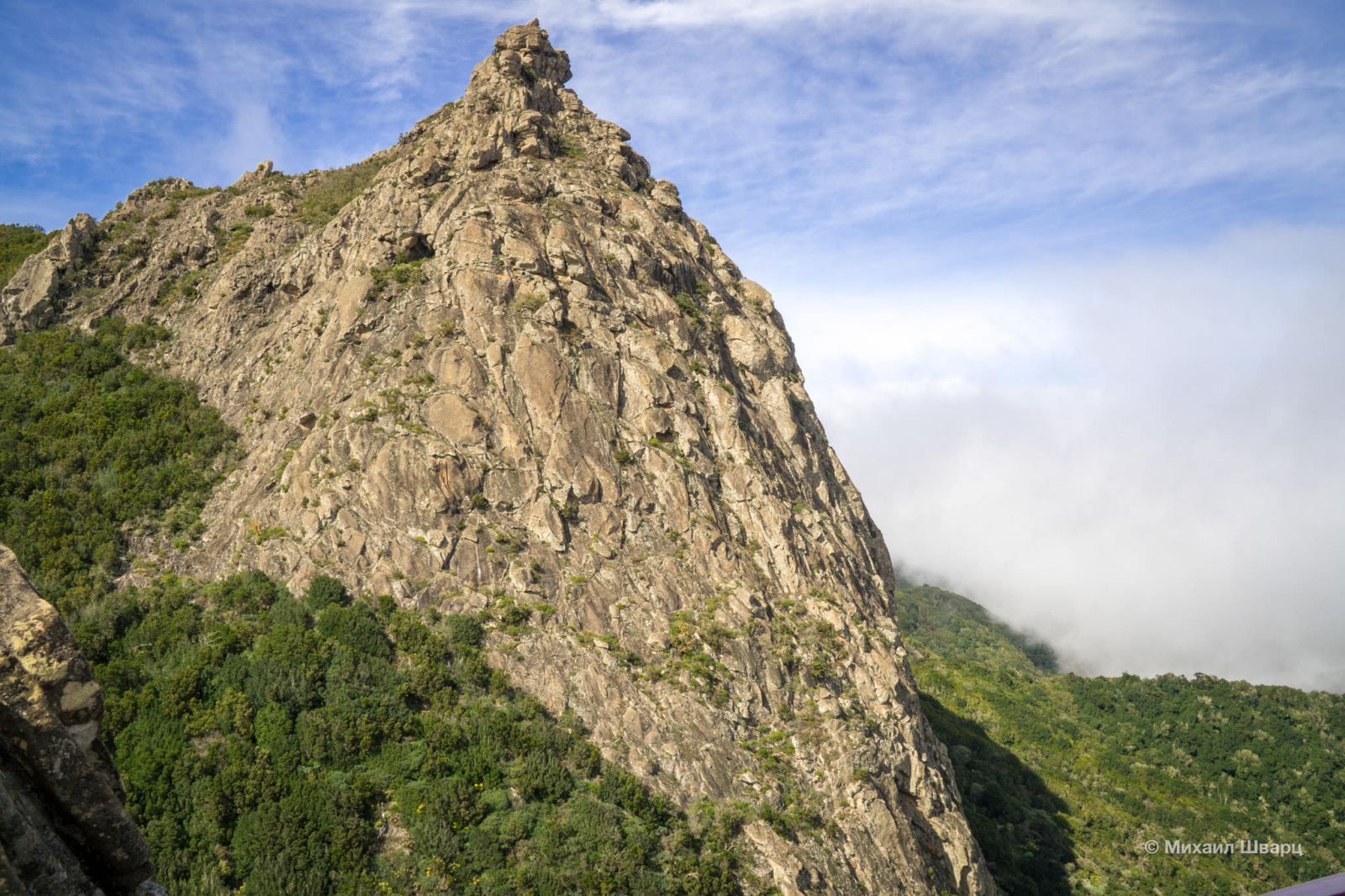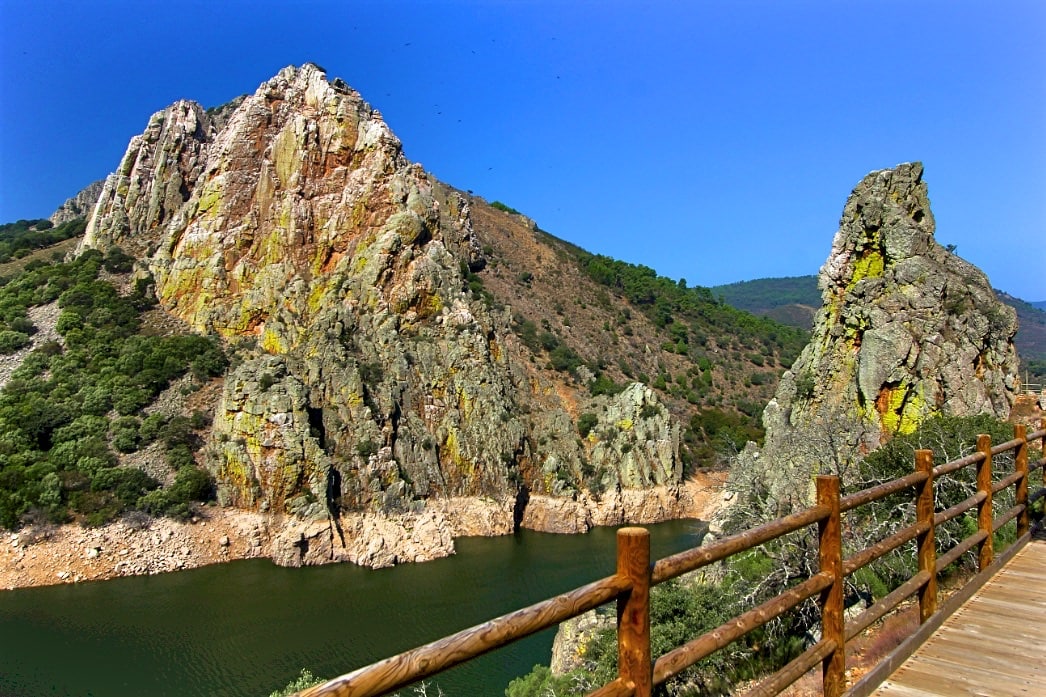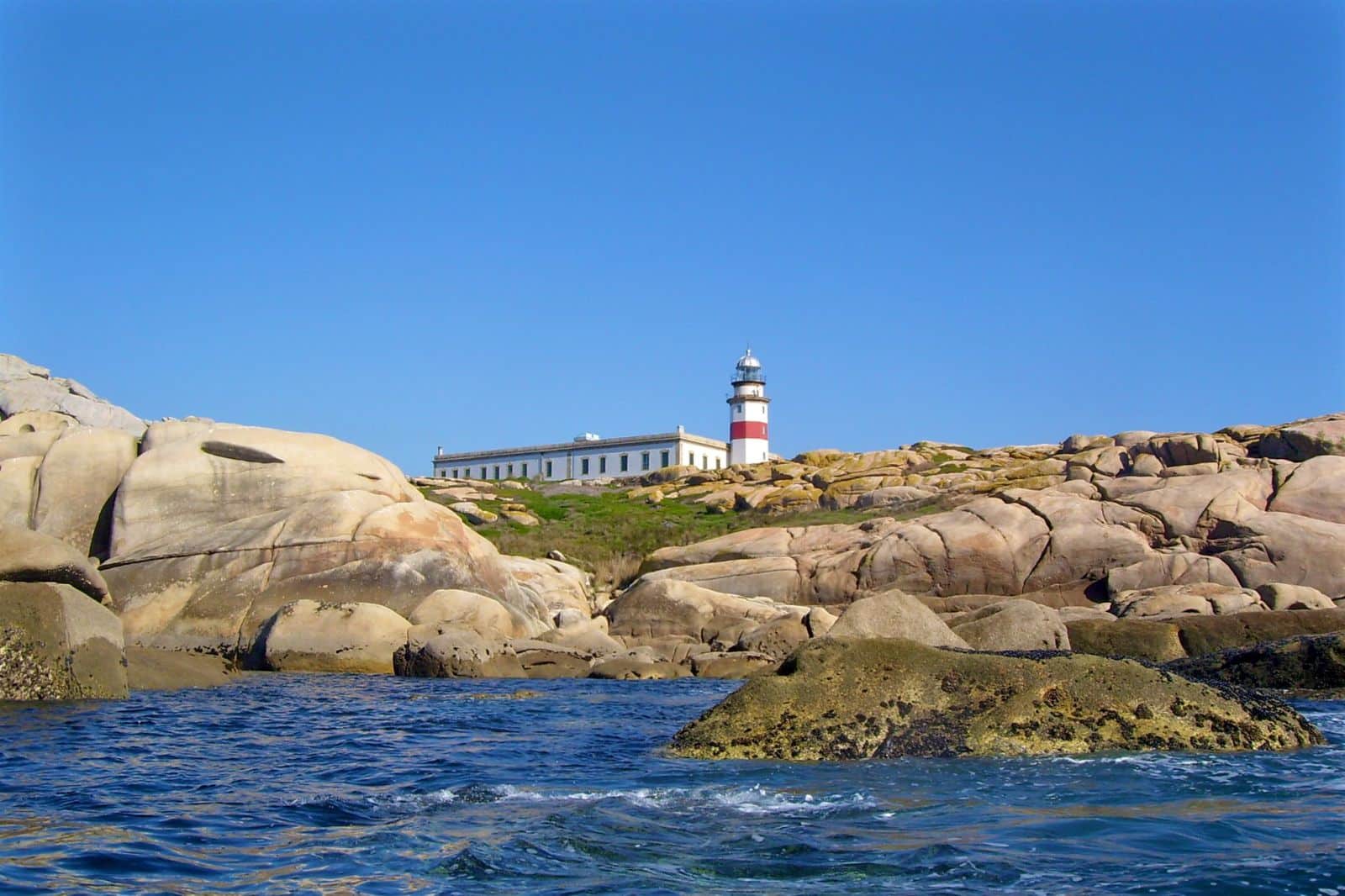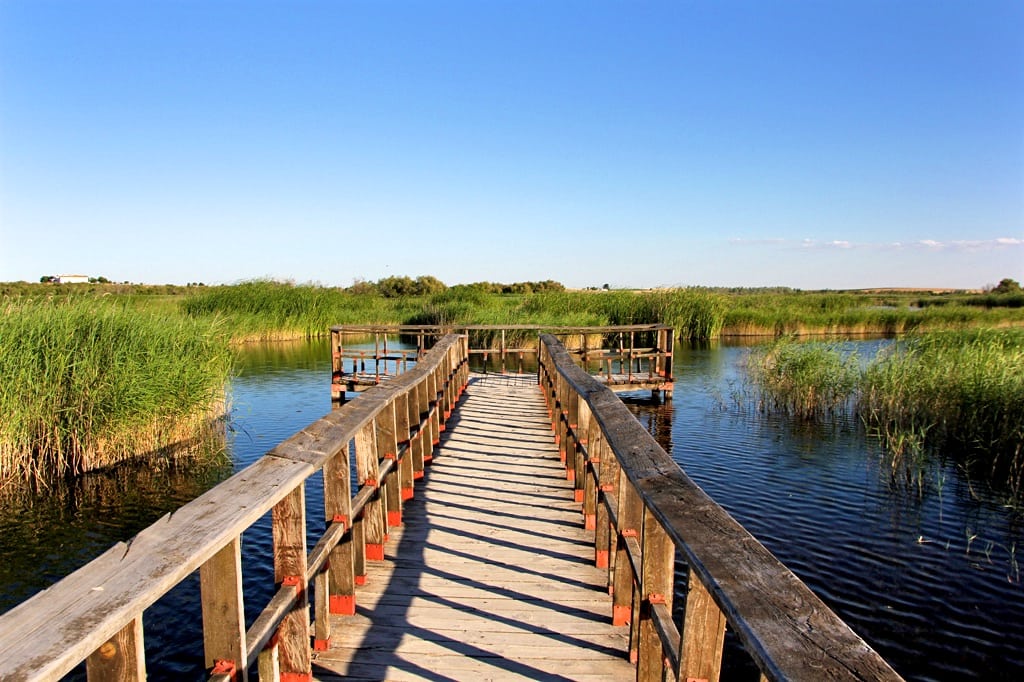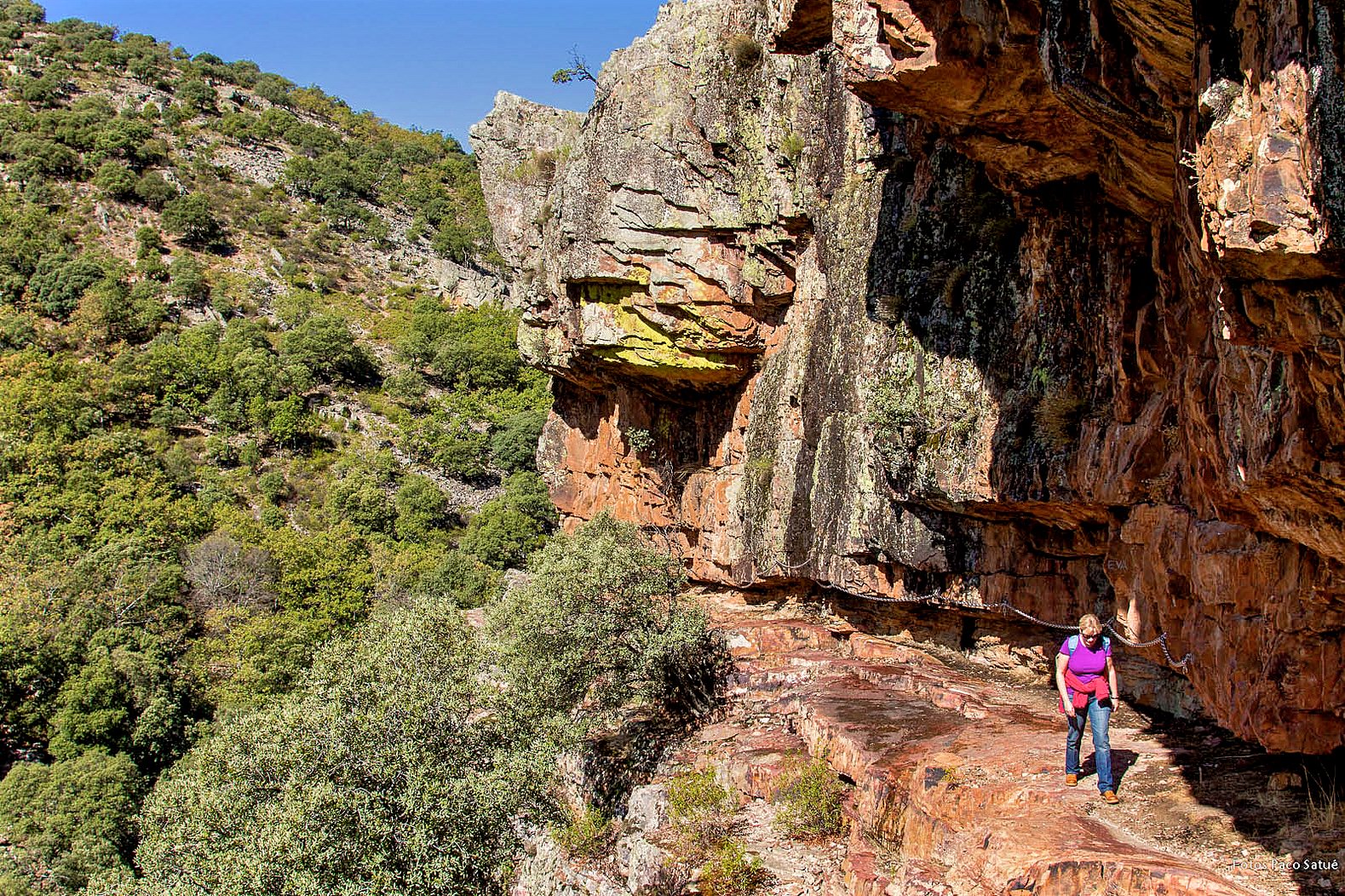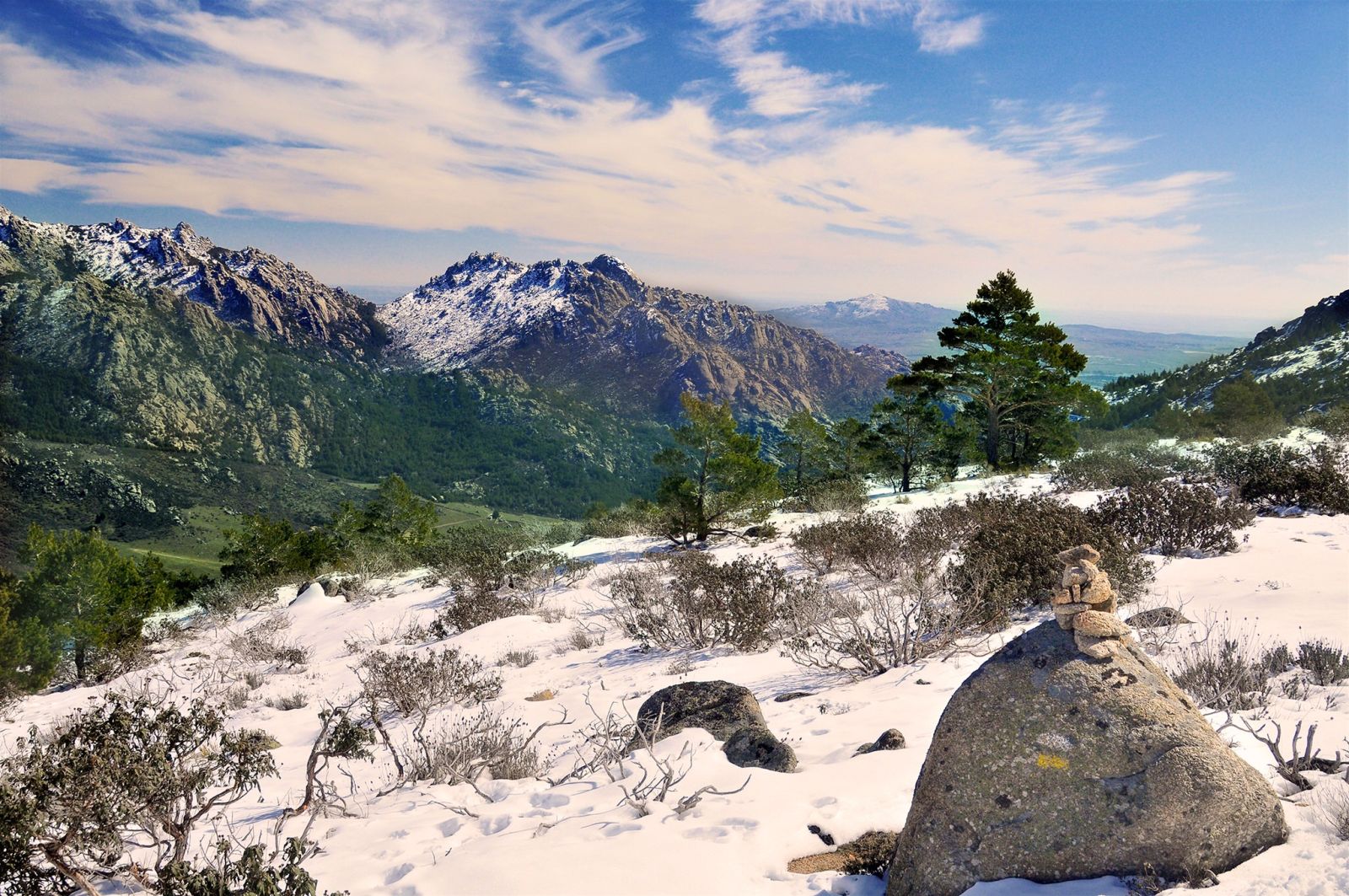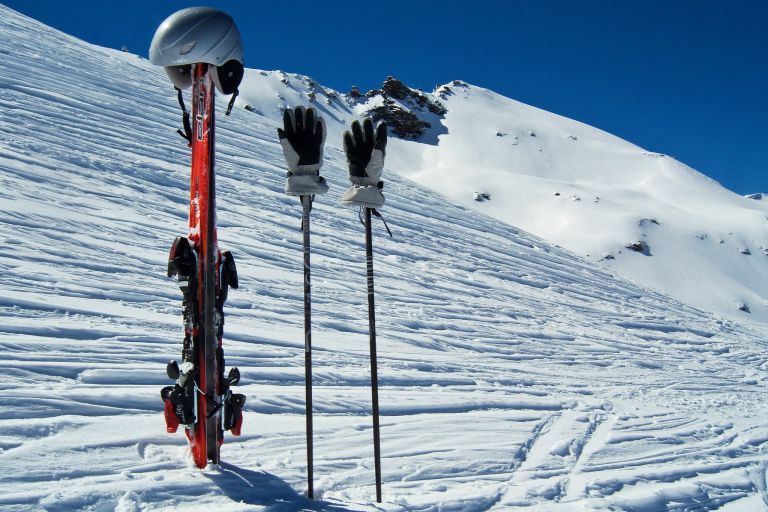
The continental territory and islands of Spain have over 400 biosphere reserves and nature parks. Protected areas occupy about 10% of the entire territory of the Spanish Kingdom. Almost half of them are located on the islands, a quarter in Catalonia, and about 20% in Andalusia.
These protected areas vary in landscape, scenery, biosphere, and terrain: there are mountainous, desert, marine, tropical, and volcanic zones among them.

There are 15 National Parks in Spain: ten of them are located on the Iberian Peninsula, four on the Canary Islands, and one in the Balearic archipelago. Here is their ranking by annual attendance. And we’ll start with the most popular national park among tourists – the Teide Volcano.
A national park is a special natural area where human activity is limited for environmental protection purposes.
Unlike nature reserves, where human activity is almost entirely prohibited (hunting, tourism, etc.), tourists are allowed in national parks, and economic activities are permitted on a limited scale.
1. Teide

Teide National Volcanic Park (Parque nacional del Teide) is the highest geographical point in the Canary Islands and all of Spain, the largest natural park, and the leader in tourist popularity. It is located on Tenerife and occupies about 18,900 hectares of the island’s area. Pico Teide (3,718 m) is situated in the center of the Las Cañadas caldera. Here, vegetation is scarce with few shrubs, low trees, and dry grass. There are no large animals – only lizards, hedgehogs, rabbits, and wild cats.
The main goal of all tourists visiting Teide is to climb to the peak of the volcano. The hiking route is considered very difficult, and most prefer to take the funicular. There are hiking trails laid out in the caldera. Here you can observe the stars, admire the unique lunar landscape carved by winds from volcanic tuff, and see the picturesque Roques de Garcia, among which stands the symbol of the island, Roque Cinchado – the Finger of God.
2. Picos de Europa
Picos de Europa (Parque nacional de Picos de Europa) – the so-called «Peaks of Europe», is a large national park with an area of 647 km², located in three Spanish provinces: Castile and León, Cantabria, and Asturias. The «Peaks» have long been the name for the snow-white summits of the Cantabrian Mountains – here there are about three hundred rocks of unusual shapes, including 14 peaks over 2,600 meters high. In the western part, between the mountain peaks, two glacial lakes are spread out.
Rare birds of prey, Iberian wolves, Cantabrian chamois, and wild boars live in the Picos de Europa. Atlantic salmon enter the mountain rivers, and numerous colonies of bats inhabit the caves.
The main peaks are located in the central zone. There, at the foot of the Urriellú summit, is the unique mountain village of Bulnes, which has no roads – only a narrow rocky path. However, now everyone can take the funicular, which has been operating since 2001, to reach the high-mountain village, connecting the villages of Bulnes and Poncebos.
In different sectors of the national park, viewing platforms have been created. One such viewpoint is Fuente De – a viewing platform with a transparent floor. Tourists are taken up to it by funicular, and they can descend on their own. For hikers who go down the hiking trails, mountain chalets have been built on the slopes for rest stops.
3. Timanfaya

Timanfaya (Parque nacional de Timanfaya) is a volcanic park in western Lanzarote (Canary Islands). Tourists are attracted here by the unreal «Martian» landscapes formed after a grand eruption that occurred on the island in the 18th century. There is practically no vegetation here, only a few low-growing shrubs.Here is the translation of the provided text into American English, preserving the HTML structure and any tags like [[tag]]:
A 14 km long sightseeing bus route runs through Timanfaya. The cult attraction of the park is the El Diablo restaurant, built over the crater of a dormant volcano. Guests are invited to taste dishes cooked over a volcanic «oven.» Camel tours are also offered in Timanfaya.
4. Sierra Nevada

The Sierra Nevada (Sierra Nevada National Park) is located in the southeastern part of the country, on the land of the provinces of Almeria and Granada. The Sierra Nevada mountains are a unique natural area, home to rare animals, and over two thousand species of plants, several dozen of which are endemic to the national park.
In the Sierra Nevada, several botanical centers have been established, there is an observatory, and visitors can visit the Tibetan pilgrimage monastery of O-Sel-Ling. In winter, the highest ski resort in Spain operates here.
5. Garajonay
Garajonay National Park (Parque nacional de Garajonay) is located on the round island of La Gomera in the Canary archipelago. The park is named after a dormant volcano. Most of its territory is covered by evergreen subtropical forests, and relict trees grow on the volcanic slopes. Scientists have discovered over 450 species of endemic plants here. There is also an endemic representative of the animal world – the Laurel pigeon. In Garajonay, rare invertebrates, insects, and bats live.
The most beautiful part of the park is Laguna Grande (La Laguna Grande) with its humid laurel forest. You can take a short walk through it and view it from an observation deck. Fans of mountain climbing are attracted to the Alto de Garajonay peak (1,487 m). In Garajonay National Park, visitors can visit a botanical garden and an ecology museum.
6. Ordesa and Monte Perdido
Ordesa and Monte Perdido is a widely known national park in the Sobrarbe region of the Aragon province of Huesca (Parque Nacional de Ordesa y Monte Perdido). It features nearly all examples of Pyrenean natural landscapes: whimsical mountain peaks, gorges and canyons, cirques and waterfalls, and a glacier valley. The forest zones are diverse, and edelweiss flowers bloom in the high mountain meadows. The forests are home to many species of animals, birds, and reptiles. Fish and amphibians live in the clean river waters.
The highest point of the natural area is Monte Perdido mountain with its glacial lakes at the foot. The most beautiful of the park’s valleys is the Ordesa Valley (Valle de Ordesa). Also worth seeing are the unique karst landscapes: the Escuaín gorge (Gargantas de Escuaín) and the Añisclo canyon (Añisclo) with the magnificent Cola de Caballo waterfall. Hiking, horseback riding, and ecological trails run through the park.
7. Caldera de Taburiente
Caldera de Taburiente (Parque nacional de la Caldera de Taburiente) is a national park located on the island of La Palma in the Canary archipelago. This is an unusual landscape, representing a crater with a 10-kilometer diameter and the highest point at the Roque de los Muchachos peak (2,426 m). The European Astrophysical Observatory with unique telescopes is located on this peak. Tourists visit it during excursions.
It is believed that the caldera has an erosive origin. It has freshwater sources and waterfalls in its galleries and ravines, and visitors can see various geological layers on the sheer cliff walls. The caldera walls are overgrown with endemic pine groves, cedars, ferns, and heather. Among the whimsical rocks of the reserve, the sacred Idafe Stone stands out – a natural monument and an ancient cultural symbol. Visitors can drive through the park area, but must climb 7 km up a steep mountain road to reach the observation deck.
8. Aigüestortes and Lake San Mauricio
Aigüestortes and Lake San Mauricio (Spanish: Parque nacional de Aiguas Tortas y Lago de San Mauricio, Catalan: Parc Nacional d’Aigüestortes i Estany de Sant Maurici) is a national park in the Catalan Pyrenees. It has four hundred glacial lakes and numerous waterfalls. Among the snow-white peaks lie pastoral alpine meadows, evergreen forests thrive, and there are monuments of 12th-century Romanesque architecture. Many species of rare animals inhabit the mountains and valleys of the national park.Lake San Mauricio is the most popular natural attraction in the park. The most beautiful gorge is the narrow canyon Estret de Collegats above the Noguera River. Visitors to the park can stay in one of the cozy mountain huts where local cuisine is served. Rafting and mountain climbing enthusiasts come here to the Catalan Pyrenees.
9. Monfragüe
Monfragüe National Park (Parque nacional de Monfragüe) is located in the valleys of the Tajo and Tiétar Rivers in the province of Extremadura. Here you can see rare birds such as black storks, Spanish imperial eagles, and griffon vultures. Lizards, frogs, newts, and snakes live along the banks of the Tajo. Lynx and wild boars inhabit the oak forests. This park preserves the last remaining areas of virgin Mediterranean forests.
Monfragüe offers guided walking tours and educational activities for nature lovers. There is a ruined 9th-century Muslim fortress, Castillo de Monfrague, on one of the hills, offering stunning views of the magnificent valley. Another remarkable viewpoint is right off the main road – Mirador del Salto del Gitano. From here, you can see the Peña Falcon rock, where you might spot vultures, black storks, griffon vultures, Egyptian vultures, peregrine falcons, golden eagles, and eagle owls.
10. Doñana
Doñana National Park (Parque nacional y natural de Doñana) is located in Andalusia, near the town of Sanlúcar de Barrameda. It belongs to the territories of three provinces: Huelva, Seville, and Cadiz. This natural area features different ecosystems: forests, quicksand and dunes on the Atlantic coast, and marshy zones in the branching delta of the Guadalquivir River. Each natural system has its own composition of flora and fauna.
Doñana becomes a refuge for thousands of migratory birds each year. Rare birds nest here, and endemic mammals (such as the Iberian lynx) inhabit the park. The park’s flora comprises nearly a thousand plant species, including Andalusian endemics.
The Doñana territory is controlled, and tours are only possible with a guide. The main attraction for tourists is Lake Acebuche, home to bird colonies. A bus tour starting from the lake covers all the park’s ecosystems.
11. Atlantic Islands of Galicia National Park
The Atlantic Islands National Park in the region of Galicia (Parque nacional de las Islas Atlánticas de Galicia) stretches in a chain from the mouth of the Arosa to the Bay of Vigo. The reserve is located on the Cíes archipelago, the islands of Ons, Cortegada, Sálvora, and the surrounding marine area. Its total area is 8,400 hectares.
This is a unique natural complex with laurel forests on the surface and extensive underwater meadows around the islands. Here you can find rare and even endemic species of algae, corals, anemones, and mollusks. Dolphins inhabit the coastal waters, and Mediterranean gulls, shags, razorbills, and puffins nest on the islands.
The two main islands of the Cíes group are connected by the beautiful Rodas Beach (Playa de Rodas), which is ranked among the best beaches in the world. The islands’ coastlines are covered in white quartz sand. The highest point of the archipelago is Monte Faro. From the peak of the same name, Monte Faro, you can enjoy views of the surroundings. The island has a campground with 800 sites, where you can stay for a couple of weeks to relax, take excursions, and observe birds.
12. Las Tablas de Daimiel
Las Tablas National Park (Parque nacional de las Tablas de Daimiel) belongs to Castilla-La Mancha and is located in the province of Ciudad Real, between the villages of Daimiel and Villarrubia. The national park covers an area of about 2,000 hectares. This unique marshy area, the smallest in Spain, was formed at the confluence of the Cigüela and Guadiana Rivers.
The water in these rivers has different levels of salinity, creating unique conditions for plants and wildlife. Various bird species live here, including the purple heron, flamingo, ducks, black storks, and red-footed falcons. The park is home to more than ten species of reptiles: various turtles, reptiles, the Montpellier snake, marbled newt, and marsh frog. There are also mammals such as foxes, rabbits, weasels, otters, wild boars, badgers, and nutrias. The village of Villarrubia offers the best viewpoint in the park.
13. Cabañeros
The Cabañeros National Park (Parque nacional de Cabañeros) is located in the Toledo Mountains of Castilla-La Mancha, within the northwest province of Ciudad Real and the southwestern part of Toledo. Its territory spans 390 km². It is a Mediterranean forest with rare floral richness. The park’s fauna is also diverse: several species of ungulates live here, the Iberian lynx inhabits the area, and rare birds such as the black stork, Eurasian black vulture, and Spanish Imperial Eagle nest here. Hunting is prohibited, with only planned culling carried out to regulate population numbers.Like most national parks in Spain, Cabañeros has hiking trails. Tourists are also offered night astronomical tours with telescope usage workshops.
14. Cabrera Archipelago
The Cabrera National Park encompasses the territory of an entire archipelago that is part of the Balearic Islands. It is called Parque Nacional Marítimo-Terrestre del Archipiélago de Cabrera and combines 18 island formations (with Cabrera being the largest island). It is a mixed land-sea reserve, occupying around 100 km², with 87 km² of that total area being water territories.
Due to the isolated location of this natural area, it is always sparsely populated, ensuring ideal conditions for bird nesting. The islands are home to colonies of cormorants and gulls, shearwaters, and host migratory birds on their migration routes. Reptiles, such as the Balearic lizard, also inhabit the islands.
The park’s underwater world is rich – more than two hundred species of fish, dolphins, and sea turtles can be found off the coasts; the rare ecosystem of vast underwater Posidonia seagrass meadows has been preserved. The island park’s flora includes over 500 varieties of plants, 40 species of mosses and lichens.
Movement is restricted here, with small boats anchoring in a strictly designated area. Diving is also limited, although free walks are permitted. Cabrera has a preserved 14th-century fortress with an observation deck; the «Es Celler» museum is also open.
15. Guadarrama
The Guadarrama National Park (Parque nacional de la Sierra de Guadarrama) is located between Segovia and Madrid, among the Sierra de Gredos mountains (Avila) and the Sierra de Ayllón (Guadalajara). It was granted national park status in 2013. The reserve combines 11 different types of ecosystems: pine forests and holm oak groves, mountainous fields, pastures, juniper thickets, and shrublands.
The mountains are home to the Spanish ibex, roe deer and fallow deer, wild boar, badgers, martens, several species of wild cats, foxes, and hares. The Spanish Imperial Eagle and Eurasian black vulture nest in the territory of Guadarrama. The most visited areas are the unusual mountain formation La Pedriza and the Peñalara Nature Park.

